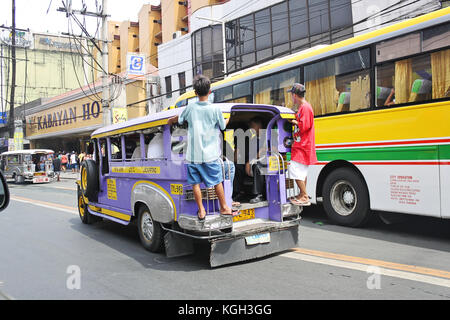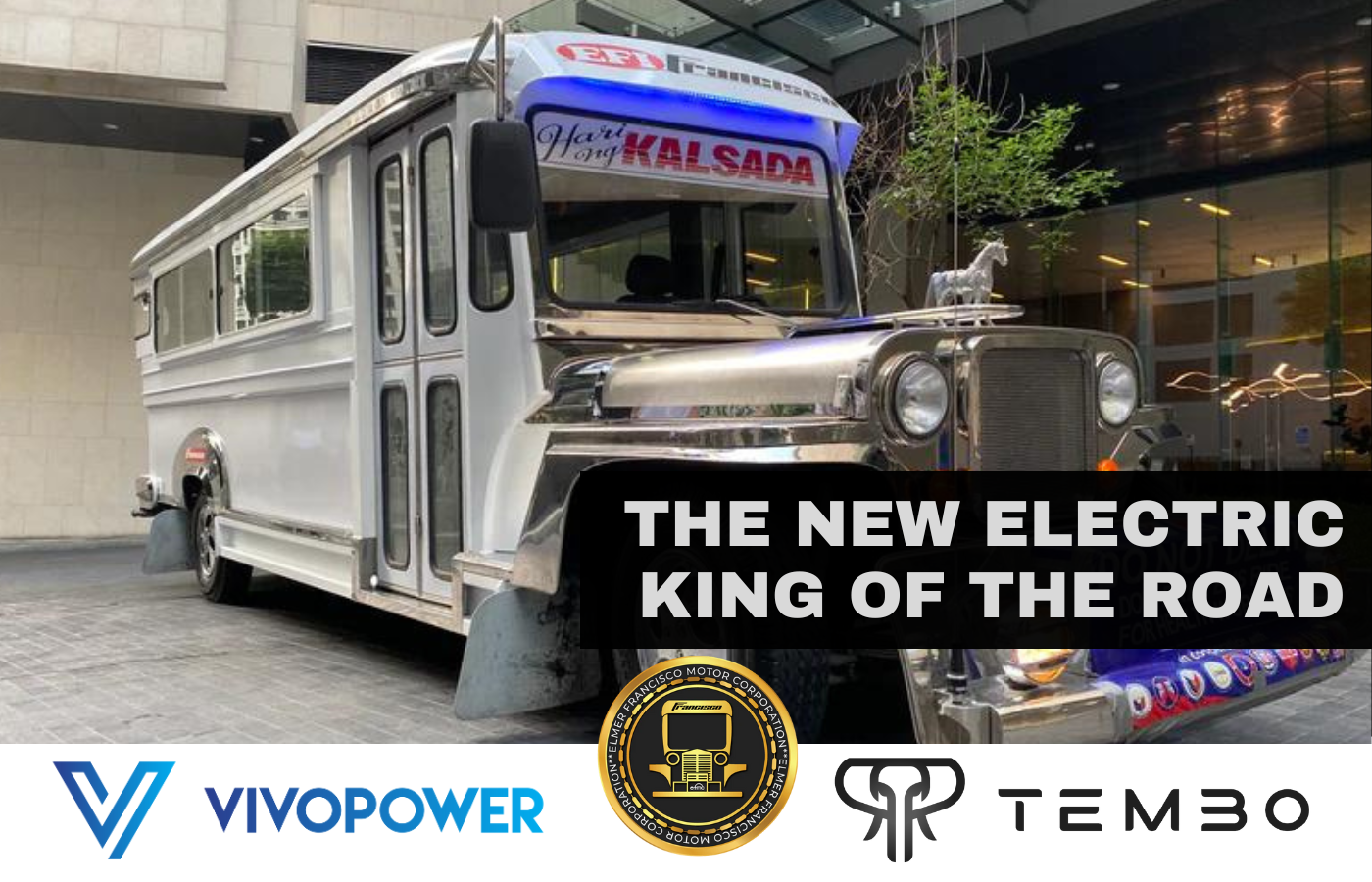Why Pick Transit Advertising Philippines for Your Brand name
A Thorough Examination of the Approaches and Techniques for Successful Transportation Marketing Campaigns
Transportation advertising campaigns offer a special possibility for brand names to involve with diverse target markets in vibrant atmospheres. As we discover these crucial parts, it becomes clear that the path to an impactful transit advertising approach is both elaborate and fulfilling, raising the question of how ideal to navigate these intricacies for maximum brand name visibility.
Recognizing Target Demographics
Comprehending target demographics is essential for the success of transportation marketing projects (Transit Advertising Philippines). Determining details target market sectors allows advertisers to customize their messages effectively, ensuring that the web content resonates with the designated visitors. This strategy enhances interaction and makes best use of roi
To effectively examine target demographics, marketing experts must take into consideration several crucial elements, including age, earnings line of work, degree, and way of life choices. For circumstances, a project targeted at young professionals may concentrate on comfort and modernity, while one targeting family members might emphasize security and dependability. In addition, geographical elements such as urban versus rural setups can dramatically affect consumer behavior and preferences.
Data collection methods such as surveys, focus groups, and social media sites analytics provide valuable insights into demographic patterns and consumer routines. By leveraging this information, advertisers can craft engaging stories that straighten with the values and requirements of their target market.
Eventually, comprehending target demographics not only educates the tactical instructions of transit marketing projects yet also ensures that resources are designated efficiently. This targeted approach raises the possibility of achieving project goals, fostering brand name commitment, and driving conversions.
Innovative Style Techniques
Reliable communication with target demographics counts heavily on innovative imaginative design strategies in transit advertising and marketing projects. To efficiently capture interest in a crowded aesthetic setting, developers need to prioritize quality and visual impact. Using vibrant colors and high-contrast components can improve exposure, making certain that messages are conveniently readable from a range.
Integrating dynamic imagery that reverberates with the target audience is crucial. Aesthetic storytelling strategies can stimulate feelings and create remarkable associations with the brand. Moreover, tactical usage of typography helps share necessary information rapidly; understandable fonts and ideal sizes additionally enhance readability.
Integrating interactive elements, such as QR codes or increased truth attributes, can engage commuters past easy observation (Transit Advertising Philippines). These techniques not just promote user communication however likewise connect the space in between typical advertising and digital engagement
Furthermore, making use of room creatively-- whether on bus covers, transportation sanctuaries, or metro ads-- can cause ingenious layouts that break the mold and mildew of conventional advertising. By accepting creative imagination while preserving brand name consistency, projects can foster a strong link with their audience, ultimately driving both recognition and action. The integration of these layout strategies is vital for accomplishing successful transportation advertising and marketing end results.
Strategic Positioning Techniques
Making best use of the effect of transit advertising pivots on tactical placement techniques that make sure ideal exposure and interaction. Efficient positioning includes assessing high-traffic areas and understanding traveler demographics to identify one of the most beneficial areas for advertisement displays. As an example, positioning ads near entrances and leaves of transit lorries can record the interest of boarding and alighting guests, thus improving exposure.
In addition, using both external and interior surfaces of transportation automobiles can significantly expand reach. Exterior advertisements, noticeable during commutes, involve pedestrians and other motorists, while indoor advertisements target guests in a restricted setting. Additionally, placing promotions en route hubs, such as bus terminals or train terminals, permits raised impressions as commuters transition between different settings of transport.
Timing is additionally vital; aligning the project launch with peak travel durations maximizes audience involvement - Transit Advertising Philippines. In addition, leveraging digital screens in transit atmospheres can promote vibrant material, providing real-time updates and enhancing individual interaction. By using these critical positioning methods, marketing professionals can ensure that their transit ad campaign attain optimal visibility, resonate with the target market, and eventually drive wanted results

Measuring Campaign Performance
To examine the you could look here success of transit marketing campaign, it is necessary to utilize a range of measurement strategies that offer insights into target market engagement and overall efficiency. One main approach is making use of essential efficiency signs (KPIs), such as reach, impressions, and interaction rates, which evaluate the number of people watched the advertisement and engaged with it.
Studies and emphasis groups can likewise contribute in determining customer understandings and recall, allowing marketers to comprehend the effect of their messaging. Additionally, tracking website web traffic and social media sites involvement throughout and after the campaign aids measure straight actions to the advertising and marketing.
An additional reliable method is using location-based analytics, which can provide data walking web traffic around certain transit areas, supplying insights into whether the project successfully recorded the attention of travelers. In addition, examining sales information can disclose connections in between transit marketing and boosted revenue, giving substantial evidence of a campaign's performance.
Study of Success
Comprehending the performance of transit marketing campaign via dimension methods lays the groundwork for checking out real-world examples that highlight successful results. One notable case research study includes a national drink brand name that utilized bus wraps in metropolitan locations. The campaign aimed to raise brand presence and sales during the summer season months. By utilizing geo-targeted digital advertisements and analytics, the brand name determined a 30% increase in sales in areas where the wraps were prominently presented, showing the direct effect of transportation advertising.
One more compelling example comes from a Find Out More local nonprofit organization that released a project on subway systems to promote a neighborhood occasion. The company incorporated dynamic visuals with QR codes directing commuters to a registration page. Post-campaign evaluation revealed a 50% increase in occasion attendance compared to the previous year. Making use of straight involvement with modern technology intensified the campaign's reach and efficiency.

Conclusion
In recap, successful transportation marketing campaign require a detailed approach that incorporates an understanding of target demographics, ingenious design techniques, and calculated placement. By focusing on psychological involvement through strong visuals and enhancing exposure during peak travel times, brand names can dramatically boost their effect. Moreover, recurring dimension of campaign effectiveness through vital efficiency signs and consumer responses makes certain constant improvement. Jointly, these strategies foster brand existence and maximize the roi en route marketing efforts.
Recognizing target demographics is crucial for the success of transportation advertising and marketing projects.Reliable interaction with target demographics depends greatly on cutting-edge imaginative design strategies additional hints in transportation advertising and marketing campaigns. By utilizing these critical placement techniques, online marketers can ensure that their transit marketing campaigns achieve maximum presence, reverberate with the target audience, and eventually drive desired outcomes.
Comprehending the efficiency of transportation marketing projects through measurement techniques lays the foundation for checking out real-world examples that illustrate successful outcomes.In recap, effective transportation advertising and marketing campaigns require an extensive strategy that integrates an understanding of target demographics, innovative style strategies, and tactical placement.